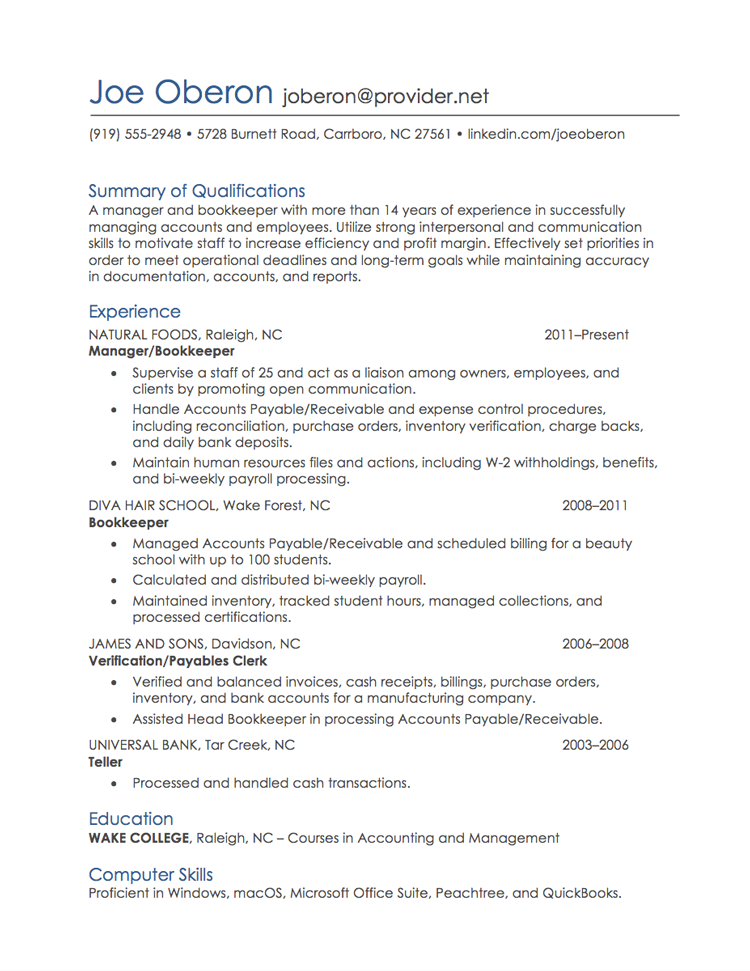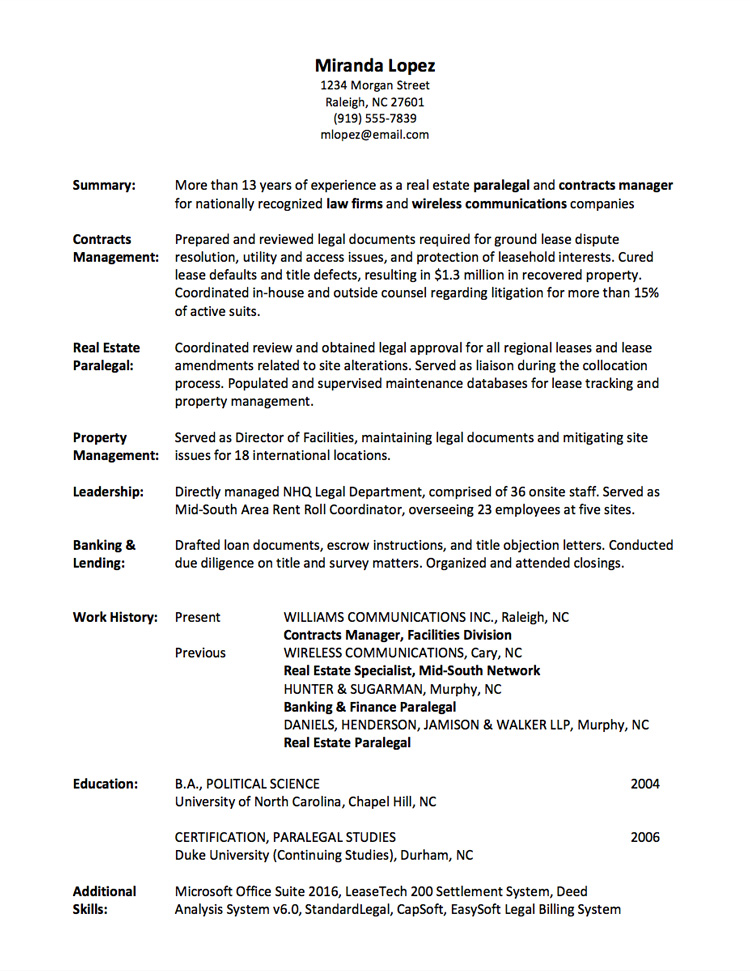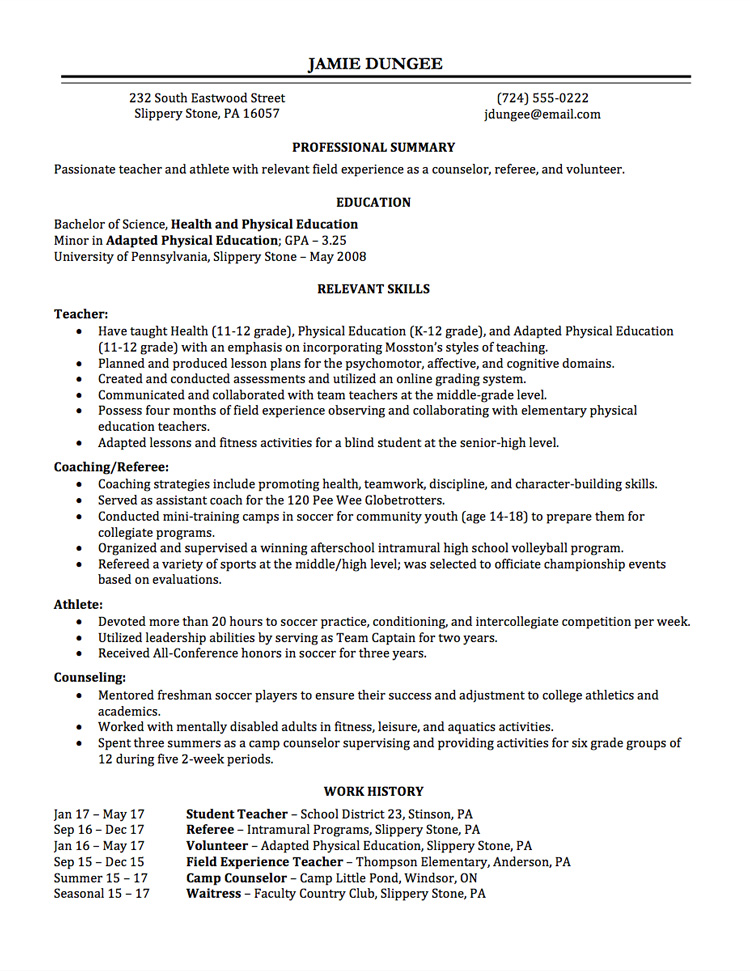Resume Writing -
Resume Formats: Choosing the Right One

Resume Writing
Resume Formats: Choosing the Right One


/en/resumewriting/why-you-need-a-resume/content/

With hiring managers and other staffing professionals spending so little time on your resume in their first pass, it is crucial to make sure your resume makes the best initial impression. One way to do this is to choose the resume format that best highlights your experience, education, and skills.
In this lesson, we will explore the various ways key information is presented in chronological, functional, and combination resumes.
Watch the video below to learn about different resume formats.
The most commonly used resume format is the chronological resume. On a chronological resume, your work history is listed by job title, beginning with your current or most recent job.
The chronological resume works best for job seekers who:
Click the buttons in the interactive below to learn more about the chronological resume format.

A less popular resume format among recruiters and hiring staff, the functional resume highlights your skills without revealing the dates associated with your job history. The functional resume minimizes specific job titles and eliminates dates of employment while emphasizing your abilities and skills by placing them in functional skill categories.
The functional resume works well if you:
Click the buttons in the interactive below to learn more about the functional resume format.

Many hiring managers dislike the functional resume because they can't use it to gauge your reliability, longevity, or how recently you used certain skills. For example, someone who created sales brochures 20 years ago may not be familiar with the software technologies used to produce a sales brochure today.
The combination resume format combines the functional and chronological formats. It includes functional skill categories but also lists the dates of previous employment.
This format works well for job seekers who:
Click the buttons in the interactive below to learn more about the combination resume format.

The combination resume works well for anyone, and employers like this format because it focuses on skills and experience but doesn’t hide employment history.
A chronological resume:
A functional resume:
A combination resume:
/en/resumewriting/resume-tips-and-strategies/content/